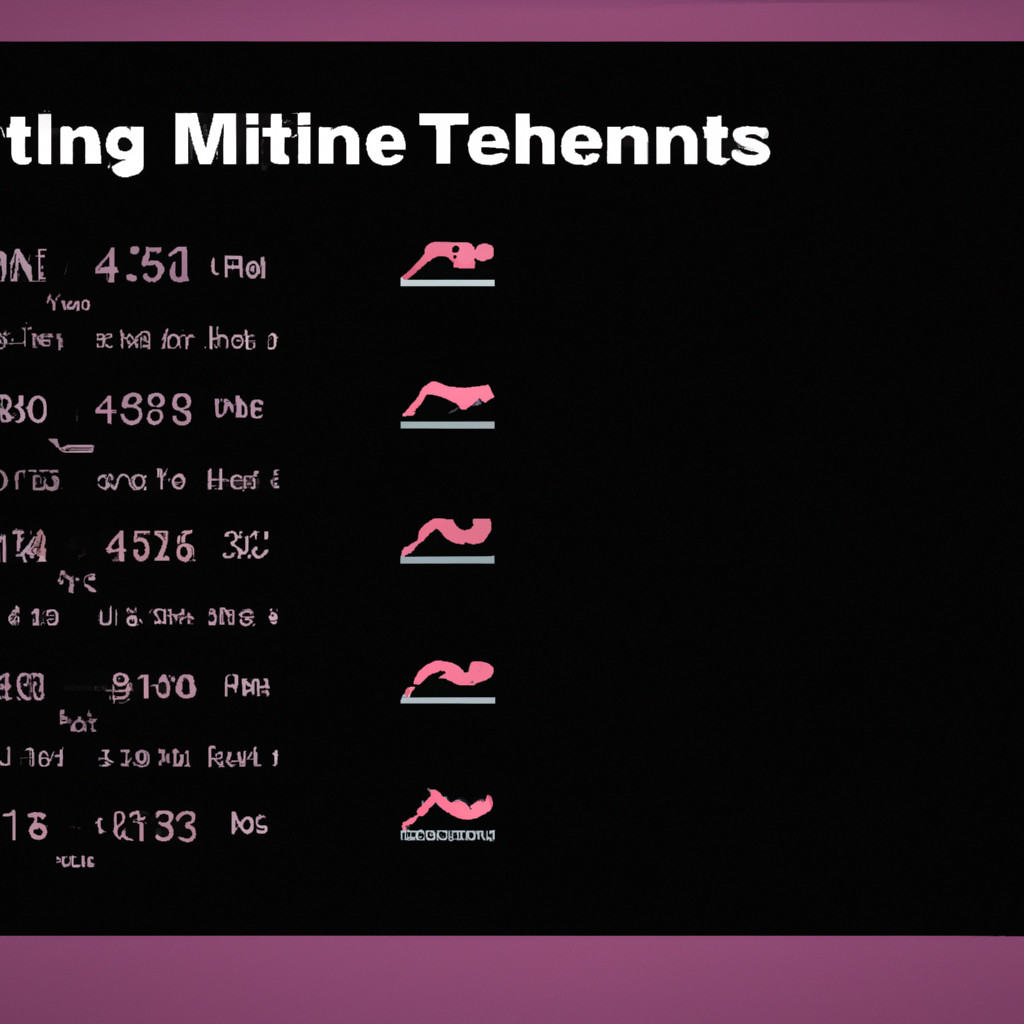In the rapidly evolving realm of Ethereum mining, optimizing mining operations has become a paramount concern. This article aims to uncover the five best software tools that can assist in achieving this objective.
By providing efficient mining algorithms, integrating mining pools, enabling real-time monitoring, and facilitating profitability tracking, these software tools offer essential features to enhance the overall mining experience.
Additionally, their functionalities, user-friendly interfaces, and compatibility with various hardware setups will be explored. Whether one is a beginner or an experienced miner, these software tools can significantly maximize Ethereum mining efforts and yield better results.
Key Takeaways
- Efficient mining algorithms and optimization are crucial for maximizing mining performance and reducing energy consumption.
- When selecting a mining pool, factors such as reputation, pool size, fees, and server proximity should be considered.
- Real-time monitoring is essential for tracking mining operations, identifying issues, and making informed decisions to optimize performance.
- Profitability tracking and financial analysis tools are important for assessing the financial performance of mining operations and generating detailed reports on mining revenue.
Efficient Mining Algorithms
Efficient mining algorithms play a crucial role in optimizing ethereum mining operations. These algorithms are designed to maximize mining performance by optimizing the use of computational resources and reducing energy consumption. Algorithm optimization involves finding the most efficient way to solve complex mathematical problems, which are essential for verifying transactions and adding them to the blockchain.
By selecting the most suitable algorithm, miners can increase their chances of successfully mining new blocks and earning rewards. Furthermore, algorithm optimization helps to minimize the time and resources required to complete mining tasks, leading to improved overall mining performance.
Through continuous research and development, mining algorithms are constantly being refined and enhanced to keep up with the increasing complexity of the ethereum network.
Mining Pool Integration
One important aspect to consider when engaging in ethereum mining is the integration of mining pools into the software tools utilized. Mining pools play a significant role in optimizing mining operations and maximizing profitability.
Here are five key factors to consider for mining pool optimization:
-
Pool reputation: Choose a pool with a good reputation in the mining community to ensure reliable payouts and minimize downtime.
-
Pool size: Larger pools generally offer more consistent rewards, but smaller pools may provide higher payouts when blocks are found.
-
Pool fees: Evaluate the fee structure of different pools, as high fees can significantly impact profitability.
-
Pool location: Consider selecting a pool with servers located closer to your mining rig to reduce latency and improve efficiency.
-
Pool selection strategies: Research and analyze different pool selection strategies, such as proportional, pay-per-share, or solo mining, to find the most suitable approach for your mining goals.
Real-Time Monitoring
Real-time monitoring is a crucial aspect of ethereum mining that allows miners to track the performance and status of their mining operations. It enables them to monitor their mining equipment and ensure optimal performance and efficiency. Real-time monitoring provides valuable insights into the mining process, allowing miners to identify and address any issues promptly.
One key aspect of real-time monitoring is the ability to track real-time performance. This feature enables miners to view important metrics such as hash rate, temperature, and power consumption in real-time. By monitoring these metrics, miners can make informed decisions to optimize their mining operations and maximize their profitability.
Another important aspect of real-time monitoring is network connectivity. It allows miners to monitor the connectivity of their mining equipment to the ethereum network. By ensuring stable and reliable network connectivity, miners can prevent downtime and maximize their mining efficiency.
Profitability Tracking
Profitability tracking is a crucial aspect of ethereum mining that allows miners to analyze and assess the financial performance of their mining operations. By conducting earnings analysis and ROI calculation, miners can determine the profitability of their endeavors and make informed decisions regarding their mining strategies.
To facilitate this process, miners can utilize software tools specifically designed for profitability tracking. These tools offer a range of functionalities to enhance the mining experience. Some key features include real-time tracking of earnings, detailed reports on mining revenue, integration with mining pools for efficient monitoring, and compatibility with various hardware setups.
Compatibility With Different Hardware Setups
The compatibility of software tools with various hardware setups is an important consideration for miners in the ethereum mining industry. To optimize their mining operations, miners need software tools that are compatible with their specific hardware configurations. Hardware optimization is crucial for achieving optimal performance and maximizing mining efficiency.
Miners rely on performance benchmarking to measure the effectiveness of their hardware and software setups. By comparing their mining performance against industry standards, miners can identify areas for improvement and make necessary adjustments.
Software tools that offer performance benchmarking capabilities enable miners to assess the efficiency of their mining operations and make informed decisions to enhance their profitability. Therefore, having software tools that are compatible with different hardware setups, and that offer performance benchmarking features, is essential for miners to achieve optimal results in the competitive ethereum mining industry.
Conclusion
In conclusion, the five software tools discussed in this article offer essential features to optimize your ethereum mining operations. From efficient mining algorithms and mining pool integration to real-time monitoring and profitability tracking, these tools can greatly enhance your mining experience.
Regardless of whether you’re a beginner or an experienced miner, utilizing these software tools can help you maximize your efforts and achieve better results. As the ethereum mining space continues to evolve rapidly, it is crucial to stay updated and make use of these advanced tools for improved efficiency.
One interesting statistic to consider is the exponential growth of ethereum mining. As of May 2021, the total hashrate of the Ethereum network reached a record high of over 700 terahashes per second (TH/s). This staggering number highlights the increasing interest and participation in ethereum mining, making it even more important to utilize the best software tools available to stay competitive in this rapidly evolving space.
